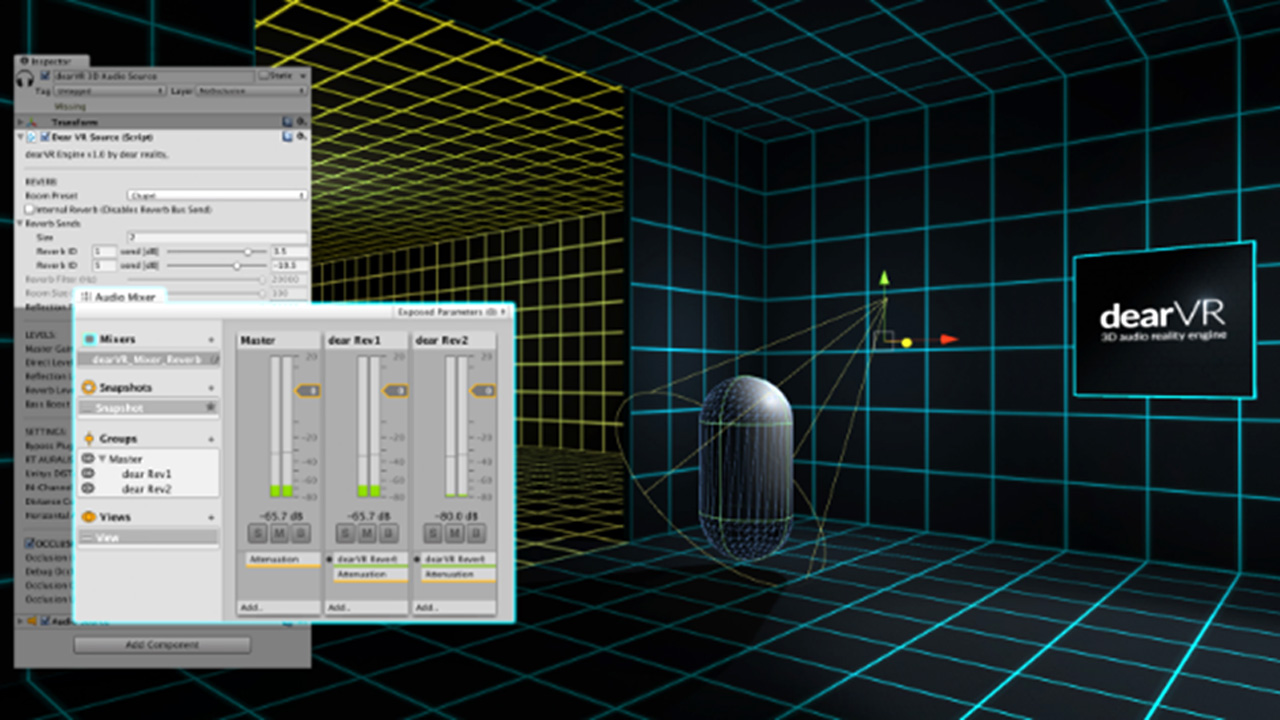Echovis - echolocation studies for development of a training game

Echovis - echolocation studies for development of a training game
Echolocation is the ability to perceive one’s environment using reflected sounds. Many blind persons have and train this ability, although normally sighted persons can also learn to utilize it. As part of a completed GameInn project the echolocation skills of blind adults, sighted adults and blind children were compared in various tests: static and mobile, indoor and outdoor, in an echoic and in an acoustically padded environment. Results of real life tests were also compared to binaural recordings made with a dummy microphone and virtual audio renders.
- Methods
The echolocation trials were performed by three groups: 10 blind adults, 10 blind children and 10 normally sighted adults in three environments: outdoors, indoors and indoors in an acoustically padded room. The tests consisted of localizing an obstacle and stating the direction and distance to it. The participant made a first guess as to the direction of an obstacle (left/center/right) and the distance (1/2/3m), then also judged the certainty of that answer. After N more (up to 10) attempts, the participant made a second guess and again answered as to the certainty of the guess.
Separately, a training app was developed that allowed to perform a similar test using prerecorded or rendered sounds.
- Results
Due to large variations in echolocation skills among the participants it was difficult to find statistically strong results, however, some clear differences were observed:
- - Blind adults correctly located the obstacle 10-15% more often than sighted participants
- - Echolocation was best outdoors and worst in indoor anechoic settings.
- - Binaural recordings were slightly better than virtual renders.
- - When echolocating in motion the preferred click-rate was once every 2 seconds.
- - A mechanical clicker was marginally better than a synthetized click
- - Adults were much better at judging the correctness of their guesses than children
- - Multiple guesses only marginally improved the correctness
- Conclusions
Echolocation is a confirmed and well documented phenomenon. The concluded study demonstrated that untrained sighted adults can echolocate marginally worse than blind persons. It also allowed to compare the accuracy of echolocation at various distances and in different environments. Echolocation using recorded or rendered sounds was also only marginally worse than in real life situations and answers were significantly above random. The research is being continued in the ongoing NCN Echolocation project.
- Contact
- Publication
- Bujacz M. et al. (2018) EchoVis: Training Echolocation Using Binaural Recordings – Initial Benchmark Results. In: Miesenberger K., Kouroupetroglou G. (eds) Computers Helping People with Special Needs. ICCHP 2018. Lecture Notes in Computer Science, vol 10897. Springer, Cham.


